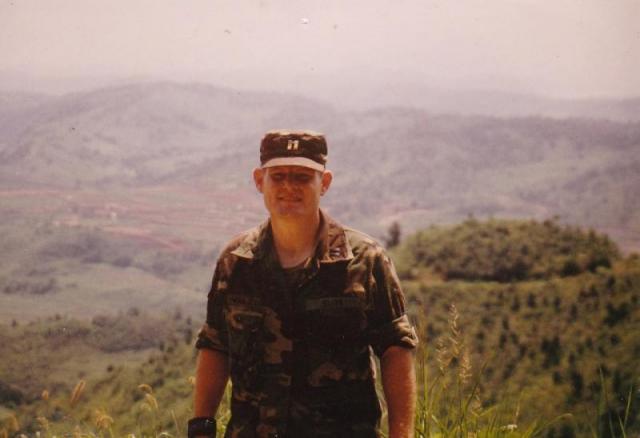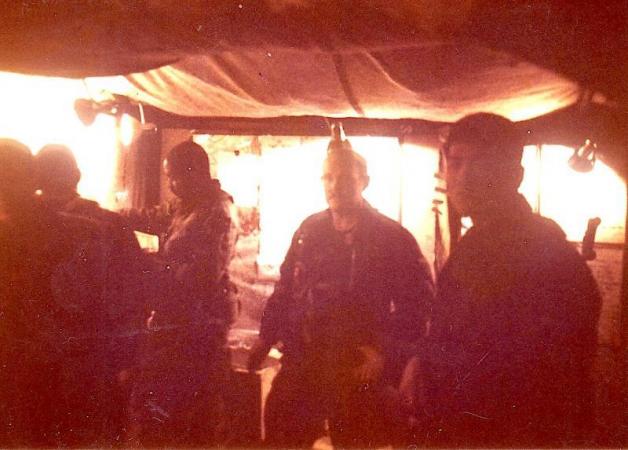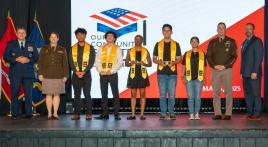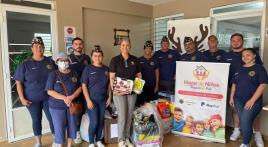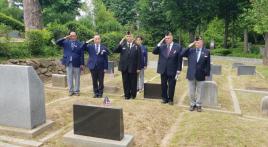I remember watching John F. Kennedy on TV and laying in bed, sure we would have an atomic bomb dropped on us. We lived less than 20 miles from the Oak Ridge (Tenn.) National Laboratory, which everyone knew was where they made the bomb during World War II. My dad worked at ORNL building huge structures housing research and development operations. Over the next few months activities occurred heightening the tension. All children were given dog tags. At student/teacher assemblies we saw films on “duck and cover.” We practiced traveling home from school in militarily precise formations with “safety patrol” designated students who wore white “Sam Brown” belts. Fallout shelters were the rage. Everywhere you looked, someone was selling them or showing off how they converted part of their house into a shelter. Radioactivity signs were posted as were shelter signs on any facility that could hold large numbers of people. Government rations of crackers and cheese and water were stored in those shelters in huge containers. We called this civil defense. It was reminiscent of, and often compared to, the air raid and civil defense wardens of the World War II era. The tests of the sirens, immediate action drills, yes, “duck and cover,” were reinforced by massive public information campaigns and actual civil defense rehearsals, occasionally on a national scale. Our parents had lived through World War II and understood why.
Fast forward 20+ years from watching Mr. Kennedy, I recall a bunker on a hilltop in South Korea, watching Korean children tread their way to school near the demilitarized zone. It brought back memories of our walking lines in the 1960s. Those children were walking through paths in minefields.
The South Korean people believe destruction on a massive scale is imminently possible. Civil defense permeates their lives. They live it, train it, review it and revise it on a daily basis. Their civil defense is tightly integrated across their society as well. Educators, industrialists, militarists, doctors and farmers all know what they are to do in emergencies. Following those instructions are a life-or-death proposition.
I think we are starting to appreciate how the South Koreans feel. Perhaps we can learn from them.
